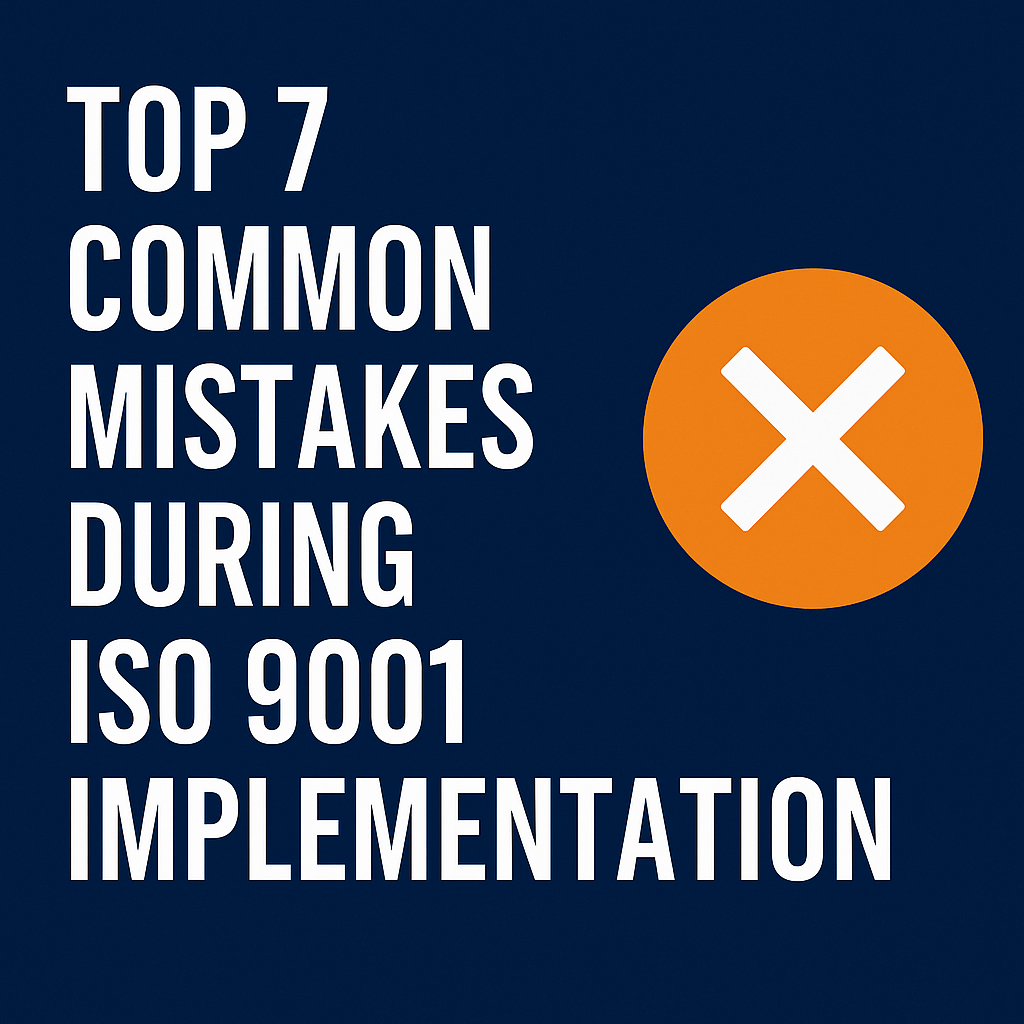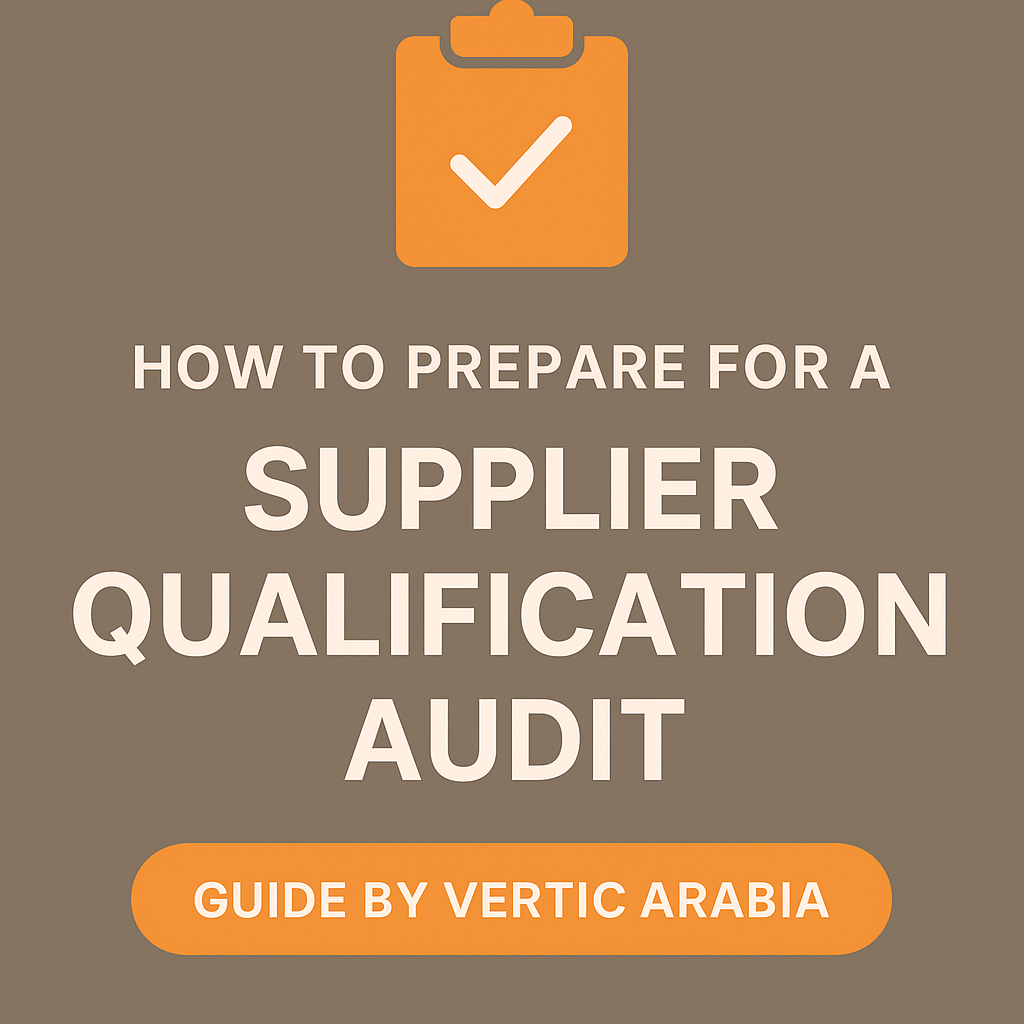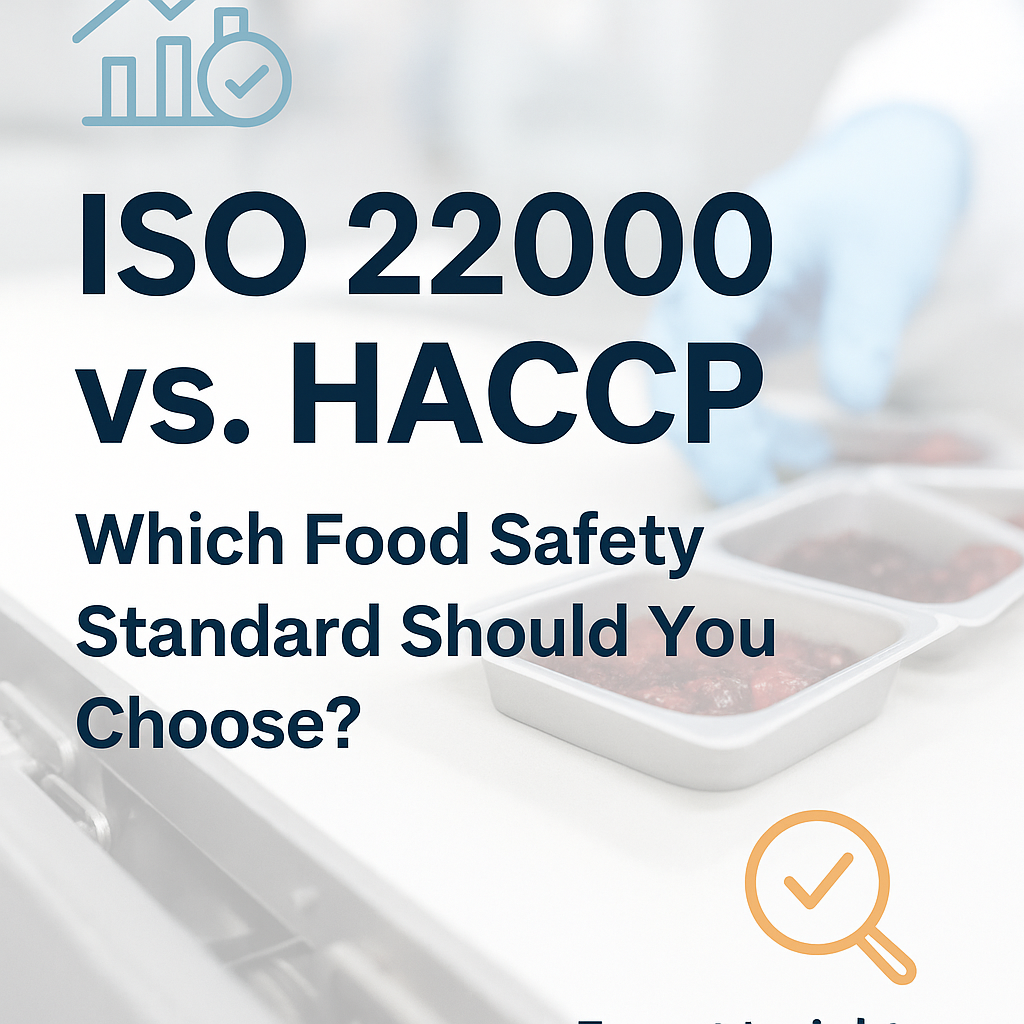Avoid These Pitfalls to Achieve a Smooth and Successful Certification
Implementing ISO 9001:2015 can be a game-changer for organizations seeking to improve their quality management systems (QMS), customer satisfaction, and internal processes. However, many businesses fall into common traps that delay certification, create confusion, or fail to deliver long-term value.
In this blog, we highlight the top 7 mistakes companies make during ISO 9001 implementation—and how you can avoid them.
1️⃣ Treating ISO 9001 as Just a Documentation Exercise
Many businesses assume ISO 9001 is all about policies, procedures, and checklists. While documentation is important, the core purpose of ISO 9001 is improving your processes, enhancing efficiency, and delivering consistent quality.
👉 Tip: Focus on integrating the QMS into your day-to-day operations instead of creating isolated paperwork.
2️⃣ Lack of Top Management Commitment
Without genuine involvement from leadership, ISO 9001 efforts often lose direction. It’s not just the quality manager’s job—top management must drive quality culture, allocate resources, and align business goals with ISO requirements.
👉 Tip: Ensure leadership participates in planning, reviews, and performance evaluations.
3️⃣ Poor Understanding of the Standard
Teams often dive into implementation without fully understanding the clauses of ISO 9001:2015. This leads to incorrect application of controls and missed opportunities for improvement.
👉 Tip: Invest in ISO 9001 awareness training for all key stakeholders, including department heads.
4️⃣ Ignoring Risk-Based Thinking
One of the key updates in ISO 9001:2015 is the shift from preventive action to risk-based thinking. Many organizations fail to identify, evaluate, and act on potential risks across processes.
👉 Tip: Build a risk register or matrix and link it to your objectives and process performance.
5️⃣ Overcomplicating Processes
Some companies over-engineer their QMS by adding unnecessary controls or duplicating documentation. This leads to confusion, inefficiency, and lack of engagement from staff.
👉 Tip: Keep processes simple, relevant, and aligned with actual operations.
6️⃣ Failing to Engage Employees
A top-down implementation approach often results in resistance. Employees feel left out and may not understand how the QMS benefits them or the company.
👉 Tip: Involve staff early, explain the purpose, and collect feedback throughout implementation.
7️⃣ Not Conducting Internal Audits Properly
Internal audits are a key part of maintaining and improving your QMS. Many companies either skip them, perform them superficially, or lack trained internal auditors.
👉 Tip: Schedule regular audits, use trained auditors, and treat findings as opportunities—not faults.
🛡 How Vertic Arabia Can Help
At Vertic Arabia, we guide organizations through ISO 9001 implementation with end-to-end support:
- Gap analysis & planning
- Documentation and process alignment
- Risk management integration
- Internal auditor training
- Pre-certification audits and continual improvement strategies






